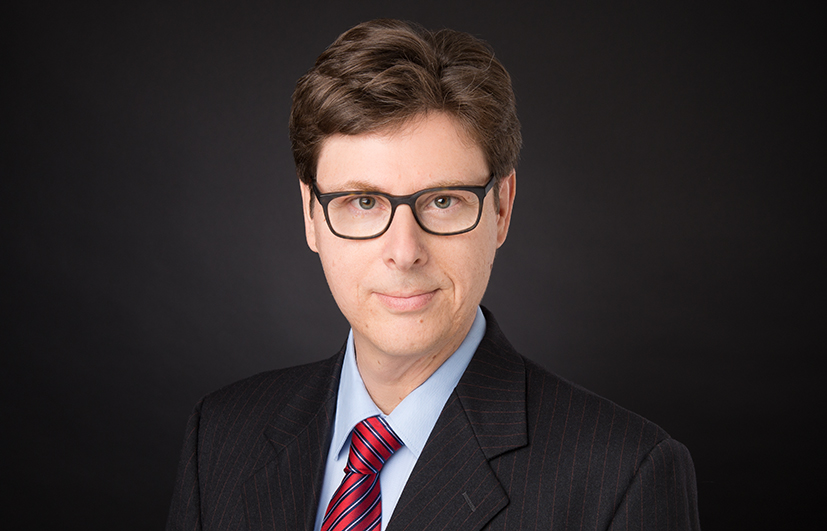Switzerland has set itself the goal of net-zero greenhouse gas emissions by the middle of the century. Achieving this ambitious goal will require major changes in the energy system. In the Joint Activity Scenarios and Modelling (JASM), researchers from the eight Swiss Competence Centers for Energy Research (SCCERs) worked together to build a modelling framework and develop concrete scenarios for how Switzerland can achieve the net-zero goal. Gianfranco Guidati, Head of the Joint Activity, explains the key results in an interview.

Mr Guidati, the Joint Activity Scenarios & Modelling (JASM), in which all eight SCCERs were involved, was launched at the beginning of 2017. What was the objective?
The eight SCCERs carried out a great detail of detailed research on specific technologies. For the energy system, however, it is important to connect these technologies together, particularly as the electricity, heat and mobility sectors will be much more closely linked in the future system. The objective behind JASM was therefore to combine the findings of the eight SCCERs and use them to develop scenarios for how Switzerland can reduce its greenhouse gas emissions to net zero.
What does “reducing greenhouse gas emissions to net zero” mean?
Net zero means that there will still be greenhouse gas emissions into the atmosphere even in the middle of the century, not least from agriculture. However, these must be offset by permanently removing CO2 from the atmosphere, for example by burning biomass and subsequently capturing and storing the CO2 underground.
In JASM, you developed a framework that connects many of the models developed by the different SCCERs. How did you go about this?
The first step was to understand the capabilities of each model: what input does a model need, and what output can it deliver? In both cases, other models can then process or supply the data. In the second step, we then put these findings into practice. For example, models for future building stock provided the expected heating demands, which were then used as an input by energy system models.
How were these models then used?
We then developed concrete scenarios for how Switzerland can achieve net-zero greenhouse gas emissions. Unsurprisingly, efficiency measures in the building and industrial sectors and the switch to heat pumps and e-mobility are hugely important in this regard. This is complemented by a huge increase in photovoltaics along with supplementary measures such as increased flexibility and storage, for example in batteries, pumped storage, heat pumps with heat storage and electrolysis. Another key factor in achieving net zero, however, will be capturing and permanently storing CO2 from cement works or waste incineration plants.
Can you give us a specific example of such a scenario?
In the field of CO2 capture and storage, it is possible to realise negative emissions. This can be achieved if biomass takes CO2 from the atmosphere as it grows. This is then converted in a technical process, for example into heat, electricity through combustion or hydrogen through gasification. The resulting CO2 is stored in the soil. These negative emissions will be necessary to offset emissions from areas such as agriculture.
How will JASM’s findings be implemented going forward?
Switzerland is already well on the way to implementing some of the measures needed, for example in the building sector. The growing popularity of e-mobility is also cause for optimism. A coordinated approach is necessary above all in those areas that do not fall within the scope of individual decision-making. Examples include major infrastructure projects such as establishing a CO2 infrastructure, raising the dams of our reservoirs in order to produce more winter electricity, and systematically developing geothermal energy for heating networks and industrial processes. Further research is needed in this regard, however, for example within the SWEET programme, along with a clear political will to implement the necessary measures.
Last modification 24.01.2022





